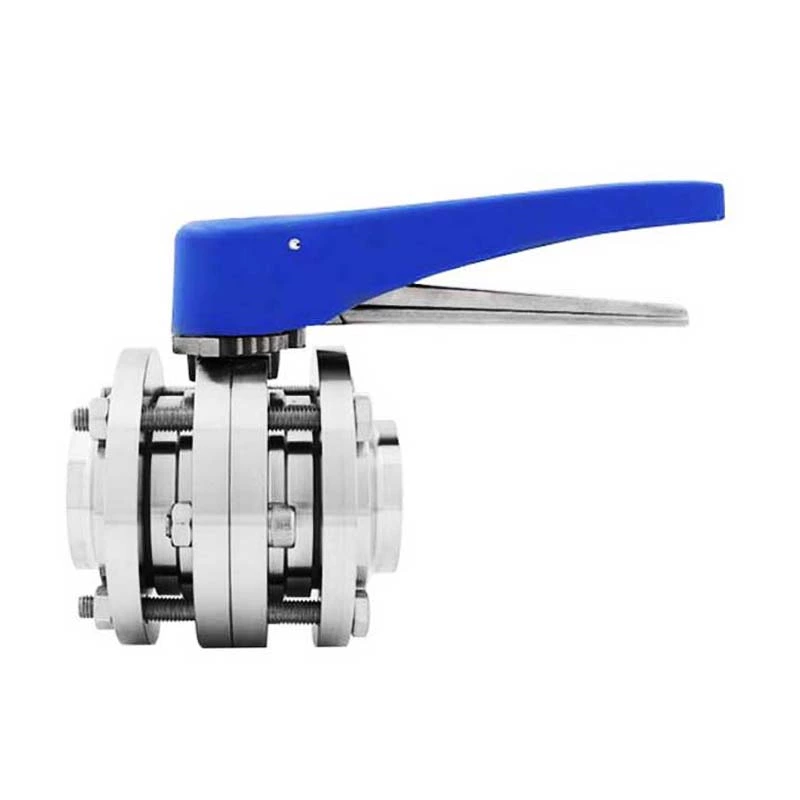Internal Structure Of Sanitary Valve
The internal structure of sanitary valves is designed to meet hygiene requirements and control fluid flow.
Their construction ensures excellent sealing, easy cleaning, and reliable operation. The valve body is the foundational component of sanitary valves, providing a fluid channel. The valve seat plays a critical role in valve sealing and is often made of specialized materials. The valve plug is the core component that controls fluid flow and direction. A spherical valve plug is common in ball valves, rotating to open and close. A disc valve plug is used in butterfly valves, rotating to control fluid flow. A gate valve plug is used in gate valves, raising and lowering to block and open the flow. The valve stem connects the valve plug to the actuator, transmitting operating force.
Actuators provide power for valve actuation and are available in various types. Electric actuators are driven by a motor for precise control. Pneumatic actuators are powered by compressed air for fast actuation. Hydraulic actuators utilize hydraulic oil for high output force. Seals prevent fluid leakage and ensure valve performance. O-rings are widely used and offer excellent sealing performance. V-rings are suitable for high-pressure applications. Rubber seals are soft, offer excellent sealing, and are corrosion-resistant. Metal seals are highly strong and can withstand high temperatures and high pressures. Sanitary valves often use quick-release connections for easy disassembly.
Clamp connections are a common quick-release connection method and are quick to install. Threaded connections are suitable for some small-diameter valves. Welded connections offer excellent sealing properties and are used in applications with special requirements. Valves have specific operating methods for opening and closing. Manual operation uses a handwheel or handle to open and close the valve. Automatic control utilizes sensors and controllers to actuate the valve. Sanitary valve design emphasizes surface finish to reduce contamination. Smooth interior surfaces reduce fluid resistance and bacterial growth. Valve construction should be easy to clean, avoiding dead corners. Cleaning ball devices allow for effective cleaning of the valve interior.
Sanitary valves must meet strict hygiene standards. Sanitary valves in the food industry must comply with food safety standards. Pharmaceutical valves have even stricter standards to ensure drug quality. Material selection is crucial to the performance of sanitary valves. Stainless steel is widely used for its corrosion resistance. Special alloys are used for valves operating under extreme conditions. The flow path design within the valve affects the flow characteristics of the fluid. Optimizing the flow path can reduce pressure loss and turbulence. Some sanitary valves include a check function to prevent backflow. Control valves precisely control fluid flow and pressure. Shut-off valves quickly shut off fluid flow for safety.
Sanitary valves feature diverse and sophisticated internal structures. Their rational design and manufacturing ensure they meet both hygienic and practical requirements.
